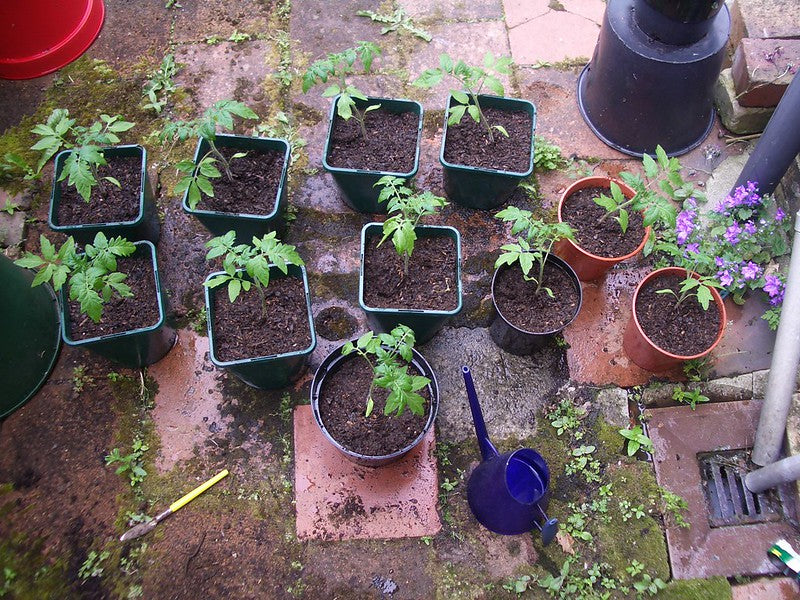Most of the time starting your own tomatoes from seed is the only way to enjoy old-fashioned heirloom and very rare varieties not usually available in nurseries as plants.
About Growing Tomatoes
Tomato plants are tender warm season crops that love the sun and cannot bear frost. It’s important not to put plants in the ground too early. In most regions, the soil is not warm enough to plant tomatoes outdoors until late spring and early summer except in zone 10, where they are a fall and winter crop. To see what zone, you are in you can view our downloadable zone map here.
Tomatoes take 60 days to more than 100 days to harvest, depending on the variety. Due to their relatively long growing season requirements (and late planting date), most gardeners plant small “starter plants” or transplants instead of seeds after the weather has warmed up in spring. Some gardeners purchase their transplants at a garden center or nursery, but you can certainly grow you own from seed indoors.
When to Plant Tomatoes
Tomatoes are long-season, heat-loving plants that won’t tolerate frost, so wait until the weather has warmed up in the spring if you are going to direct sow your seeds.
If you are starting tomatoes indoors plant them 6 weeks before the last expected spring frost date in your area. Sow seeds 1/4-inch deep in a container with drainage holes. Most seeds germinate within a 7-9 days but some multiflora and dark tomatoes can take up to 21 days. Heating the soil with a heat mat can speed germination.
If you have a long enough growing season, it is also possible to direct-seed tomatoes in the garden soil (1/4-inch deep)—but not before the soil is at least 55°F. Note that 70°F soil is optimum for maximum germination.

Lighting
Once your seedlings pop out of the soil it's important to get them under grow lights, so they don't get leggy. Your grow lights shouldn't get hot and should sit 2-3 inches above the tops of your plants. I know it is tempting to put them in a sunny location, but they will stretch to get the light they need and will topple over and kink their own stems in the process. If you want to start your seeds indoors a grow light is necessary. There are no two ways around it.

Watering
It is also important to only water your plants from the bottom using a tray under the container you have your seedlings in. Watering from the bottom has many benefits. The first advantage is that the very top layer of the soil stays dryer and doesn't grow any mold or fungus. The #1 killer of young seedlings is damping off.

Damping Off
Damping off is a disease of seedlings. Quite often a large section or an entire tray of seedlings is killed seemingly overnight. Visible damping off fungus growing on an emerging seedling. Keeping the top of the soil dry and air flow are the best preventative against damping off from getting started. We have also sprinkled perlite or cinnamon on the top of the soil with some success after damping off has taken hold. Once plants have mature leaves and a well-developed root system, they are better able to naturally resist the fungus or mold that my develop before transplanting.


1 comment
Thank you for the wonderful information. I truly appreciate all the help I can get with tips and tricks for tomatoe growing.